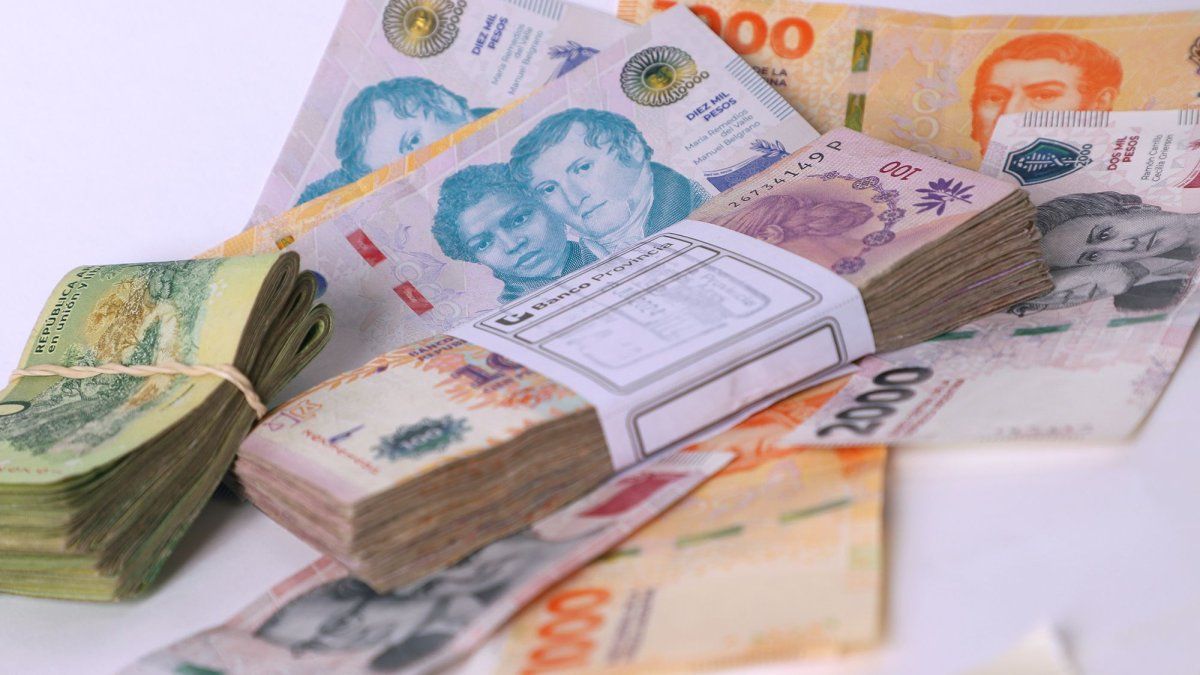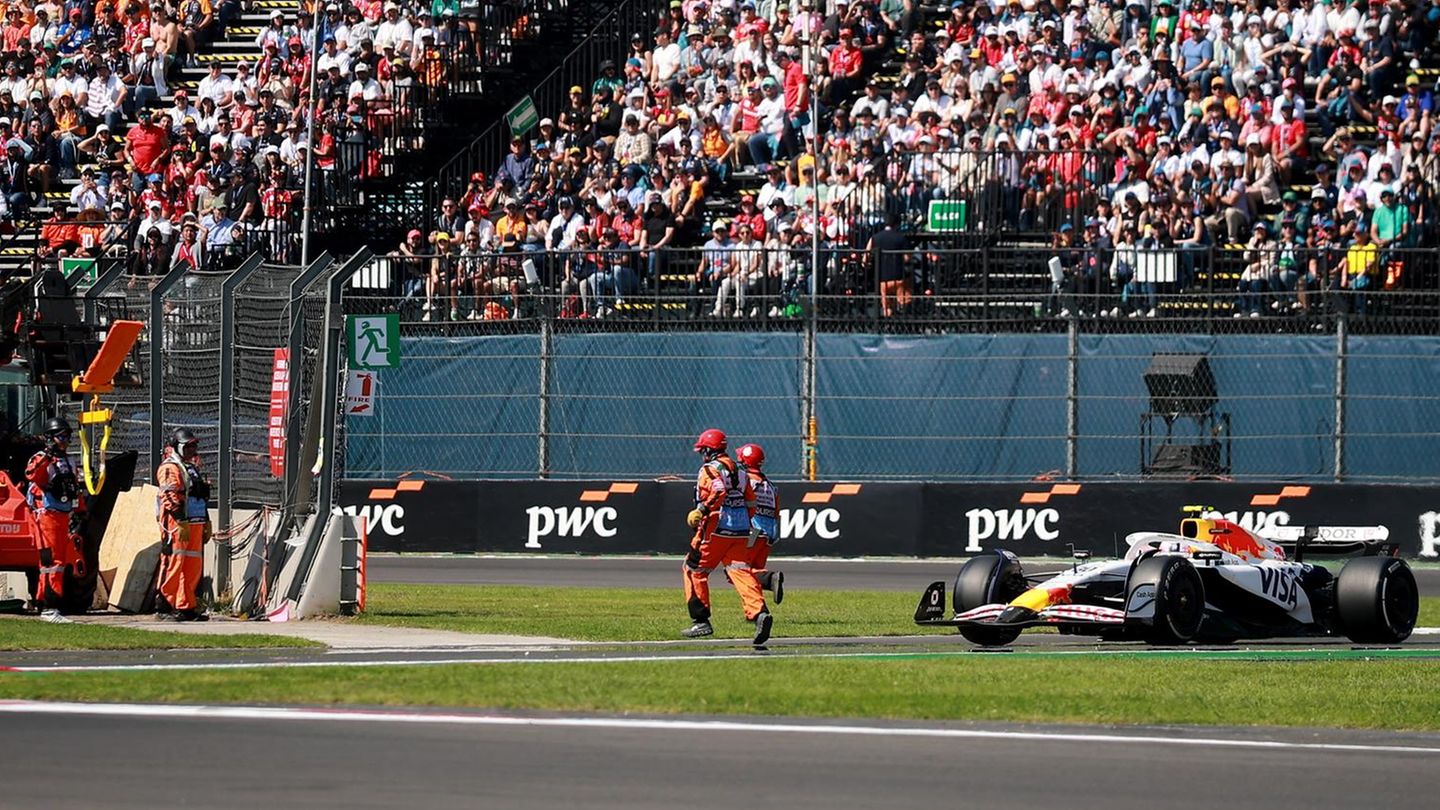The measure comes after the entry into force, on April 30, of the interoperability of QR codes for credit card payments, which had been announced last year, but suffered several postponements within the framework of the conflict between Payment Market and banks. In the last hours, both parties reached an agreement regarding certain technical points that were in disagreement and that hindered effective implementation.
In this way, once the system is fully operational, all QR code readers will have to accept credit card payments from all virtual wallets, as already happens with QR payments made with account-to-account transfer. . Within 270 days, the same should happen with prepaid cards.
QR payments: new rules, in case of fraud and what they mean
Once the system is up and running, all QR code reading devices must be prepared to accept card payments from all walletsregardless of its brand, in a similar way to what already happens with QR payments made by account-to-account transfer.
contactless-payments-posnet-card.jpg
freepik.es
Until now, Mercado Pago QR readers only accepted card payments if the card was linked to a Mercado Pago wallet. However, a BCRA regulation eliminated this exclusivity for Mercado Pago and forced it to open its network to Modo and any other wallet. Despite several extensions, the implementation date initially planned for April 30 has not yet been met.
In fraud situations, the responsibility will fall on the wallet that initiates the transaction. This responsibility will only be waived when the wallet processes the payment using the technical tokenization and authentication protocols specified by the card brand.
Furthermore, if the transaction cannot be completed using the technical standards provided by the card brand, as long as these have been adopted by all participants in the transaction, except the acquirer/aggregator. Likewise, liability may be waived if there is a prior agreement between issuers, wallets and/or acquirers/aggregators involved in the transaction.
Security challenges
Challenges in system security and fraud incidents were main concerns that Mercado Pago raised to avoid moving towards interoperability. Marcos Galperín’s company had highlighted on April 30 that the use of the QR network entails costs and requires detailed contractual agreements between the system participants, which include clauses to prevent fraud, safeguard the security of users, protect property intellectual property and protect personal data.
Although using the network implies costs, according to the agreement reached, Mercado Pago will be the one who finally assumes them. The initial idea of Mercado Pago was that Modo, DNI Account or other applications will pay you a commission every time one of your clients decides to use the wallet to make card payments via QR. However, this aspiration remained in the past. In the days before April 30, Mercado Pago requested 0.3% of the amount for each transaction; However, the wallets chose to stop negotiations.
Despite having given in on this aspect, the interoperability of QR payments with credit cards will be a great benefit for Mercado Pago. With all its point-of-sale terminals located in its network of merchants accepting payments with debit or credit cards from any wallet, Reader usage is likely to see significant growth.
Source: Ambito
I am a 24-year-old writer and journalist who has been working in the news industry for the past two years. I write primarily about market news, so if you’re looking for insights into what’s going on in the stock market or economic indicators, you’ve come to the right place. I also dabble in writing articles on lifestyle trends and pop culture news.




